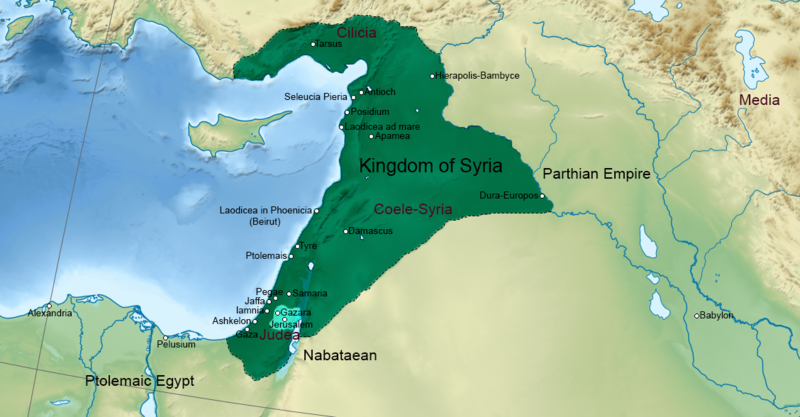
Ancient Syrian Texts
Ancient Syria, a crossroads of civilizations, was home to numerous cultures, languages, and empires, including the Akkadians, Amorites, Arameans, Canaanites, and later the Assyrians and Babylonians. The region’s rich literary and religious heritage is preserved in a variety of texts, inscriptions, and manuscripts written in languages such as Akkadian, Ugaritic, Aramaic, Phoenician, and Greek.
Here’s a comprehensive list of key ancient texts from Syria:
Ugaritic Texts (c. 1400–1200 BCE)
Discovered in Ras Shamra (ancient Ugarit), these texts are written in the Ugaritic cuneiform script, an early alphabetic system.
Epic and Mythological Texts:
- The Baal Cycle: Myths about Baal, the storm god, his battles with Yam (Sea) and Mot (Death).
The Baal Cycle PDF - The Legend of Keret: A royal epic about King Keret, divine promises, and struggles for lineage.
The Legend of Keret PDF - The Tale of Aqhat: A heroic saga involving Aqhat, the goddess Anat, and themes of divine favor and mortality.
The Tale of Aqhat PDF - Shachar and Shalim Myths: Myths about twin gods representing dawn and dusk.
Canaanite Myths and Legends PDF
Ritual and Liturgical Texts:
- Priestly Ritual Texts: Descriptions of sacrifices, temple rituals, and offerings.
- Incantations and Spells: Magical texts for protection, healing, and invoking deities.
- Calendar Texts: Liturgical calendars detailing sacred festivals and agricultural cycles.
Legal and Administrative Texts:
- Contracts, Treaties, and Diplomatic Correspondence: Legal agreements between kings and foreign powers.
- Economic Records: Lists of goods, trade transactions, and taxation.
Eblaite Texts (c. 2500–2250 BCE)
Discovered in Tell Mardikh (ancient Ebla), these texts are written in Sumerian and Eblaite Akkadian cuneiform.
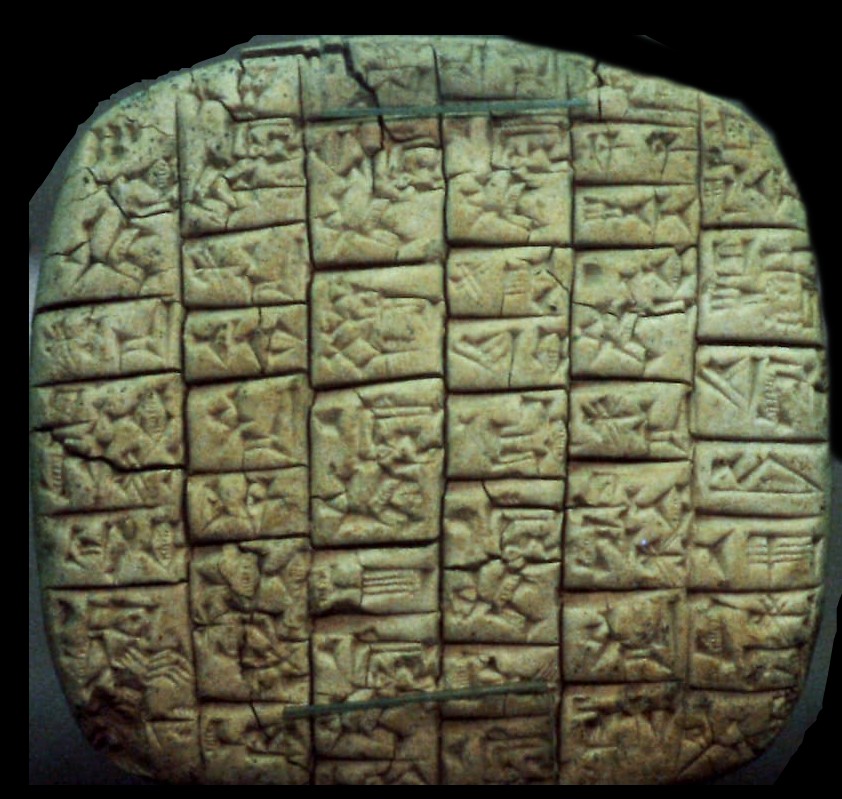
Administrative and Economic Texts:
- Ebla Archives: Over 17,000 tablets, including trade records, diplomatic letters, and administrative documents.
- Legal Codes: Laws governing property, marriage, and criminal offenses.
Religious Texts:
- Hymns and Prayers: Devotional texts to gods like Dagan, Ishtar, and Kura.
- Offering Lists: Records of sacrifices to deities and temple inventories.
Mari Texts (c. 1800–1750 BCE)
Unearthed in Tell Hariri (ancient Mari), these texts are written in Old Babylonian Akkadian.
Wit, Banter and Sarcasm in Mari Letters PDF
Royal Correspondence:
- Letters of Zimri-Lim: Diplomatic letters between King Zimri-Lim and rulers of neighboring states, including alliances and military strategies.
- Prophetic Texts: Early records of prophetic oracles, revealing insights into ancient divination practices.
Legal and Administrative Records:
- Legal Codes: Contracts related to land, marriage, inheritance, and slavery.
- Economic Documents: Trade agreements, agricultural records, and census lists.
Aramaic Texts (c. 10th century BCE onward)
Aramaic became the lingua franca of the Near East, with texts spanning from the Iron Age to late antiquity.
Royal Inscriptions:
- Tel Dan Stele (9th century BCE): Mentions the “House of David,” providing an early reference to the biblical dynasty.
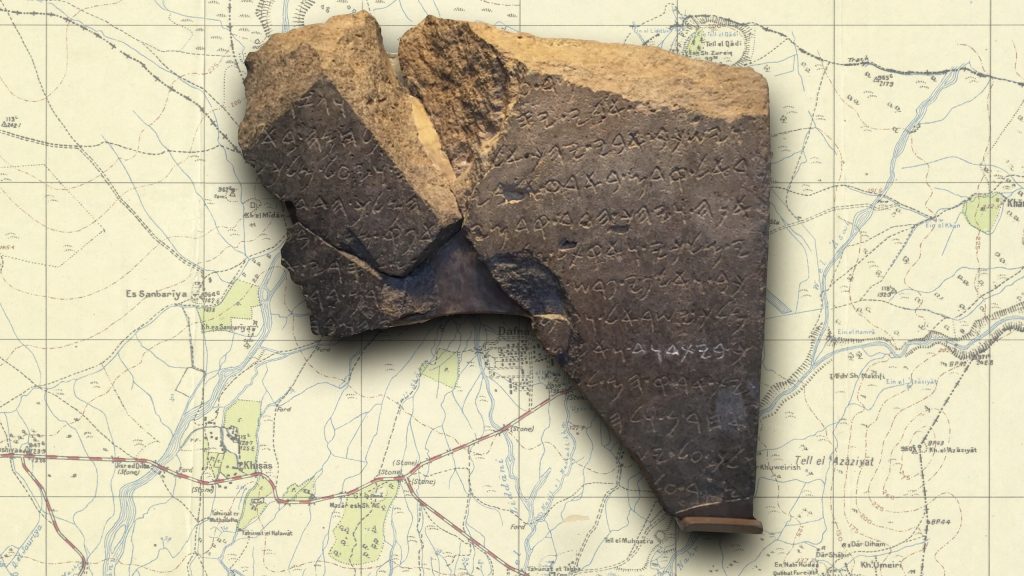
- Zakkur Stele (8th century BCE): A victory inscription from King Zakkur of Hamath, invoking divine favor.

Religious and Magical Texts:
- Aramaic Incantation Bowls: Used for protection against evil spirits, common in Mesopotamia and Syria.
- Palmyrene Inscriptions: Funerary and dedicatory texts from the city of Palmyra, blending Aramaic and Greco-Roman influences.
Biblical and Related Texts:
- Targums: Aramaic translations and interpretations of Hebrew scriptures.
- Dead Sea Scrolls (Aramaic portions): Apocalyptic and biblical texts from the Qumran caves.

Phoenician Texts (c. 1200 BCE onward)
Although primarily associated with coastal Lebanon, Phoenician city-states like Arwad, Ugarit, and Amrit in Syria contributed to Phoenician literature.
Royal and Religious Inscriptions:
- Kilamuwa Inscription (9th century BCE): A royal inscription from the King of Sam’al, highlighting military victories.
- Amrit Inscriptions: Funerary and temple dedications from Phoenician settlements in Syria.
Neo-Assyrian and Neo-Babylonian Texts (c. 9th–6th century BCE)
Syria was part of the Assyrian and later Babylonian empires, with texts reflecting imperial administration.
Royal Inscriptions:
- Shalmaneser III’s Monolith (Kurkh Stele): Mentions the Battle of Qarqar (853 BCE), involving Syrian kings.
- Tiglath-Pileser III Inscriptions: Annals detailing military campaigns in Syria and beyond.
Administrative Tablets:
- Tax records, tribute lists, and census data from Syrian provinces under Assyrian rule.
Hellenistic and Roman Period Texts (c. 4th century BCE–4th century CE)
Following Alexander the Great’s conquests, Syria became part of the Hellenistic and later Roman worlds.
Greek Inscriptions:
- Antioch Inscriptions: Civic decrees, dedications, and honorific texts from the city of Antioch.
- Palmyrene Tariffs: Bilingual Greek-Aramaic inscriptions documenting trade regulations in Palmyra.
Literary and Religious Texts:
- Acts of Thomas: Early Christian texts recounting the missionary journeys of the apostle Thomas in Syria and India.
Acts of Thomas PDF - Gnostic Texts: Found in Syria and Egypt, blending Greek philosophy with Near Eastern religious ideas.
Early Christian and Syriac Texts (1st–7th century CE)
Syria was a cradle of early Christianity and Syriac literature.
Christian Texts:
- Diatessaron (c. 160–175 CE): A Syriac Gospel harmony compiled by Tatian.
The Diatessaron Of Tatian PDF - Peshitta: The Syriac translation of the Bible, used by Eastern Christian communities.
Peshitta PDF - Writings of Ephrem the Syrian: Hymns, poems, and theological works.
Gnostic and Apocryphal Texts:
- Odes of Solomon: Early Christian hymns with mystical and Gnostic elements.
Odes of Solomon PDF - Acts of Paul and Thecla: Apocryphal acts set in Syrian cities like Antioch and Iconium.
Acts of Paul and Thecla PDF
Key Archaeological Sites and Textual Discoveries in Syria
- Ugarit (Ras Shamra): Ugaritic texts and mythological epics.
- Ebla (Tell Mardikh): Eblaite administrative archives.
- Mari (Tell Hariri): Diplomatic letters and royal correspondence.
- Dura-Europos: Early Christian house church with inscriptions and frescoes.
- Palmyra: Bilingual inscriptions (Greek and Aramaic) reflecting Roman-Syrian culture.
- Qumran (near Dead Sea): Dead Sea Scrolls with Aramaic portions.
Languages of Ancient Syrian Texts:
Akkadian
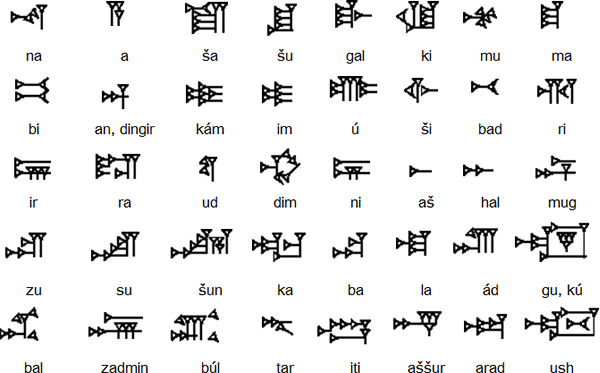
Ugaritic
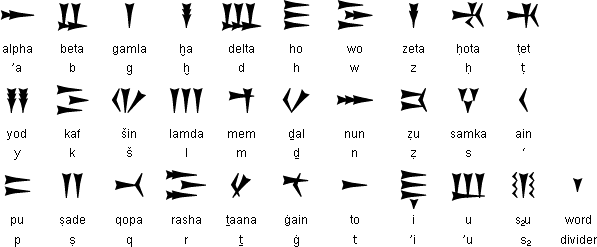
Aramaic
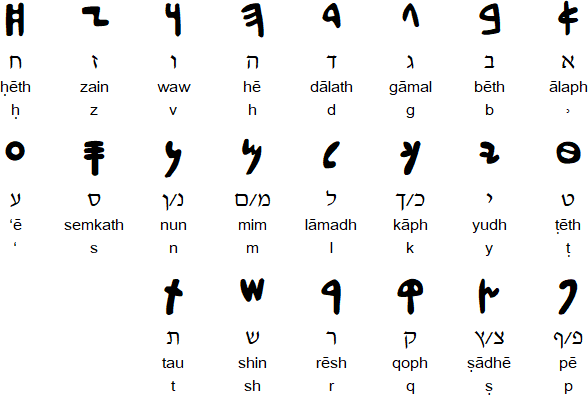
Phoenician
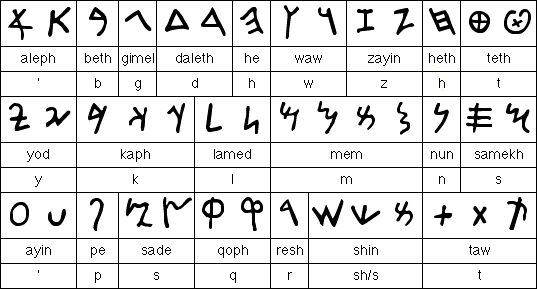
Greek
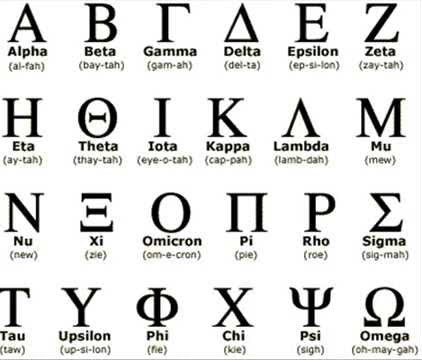
Syriac (Christian texts)
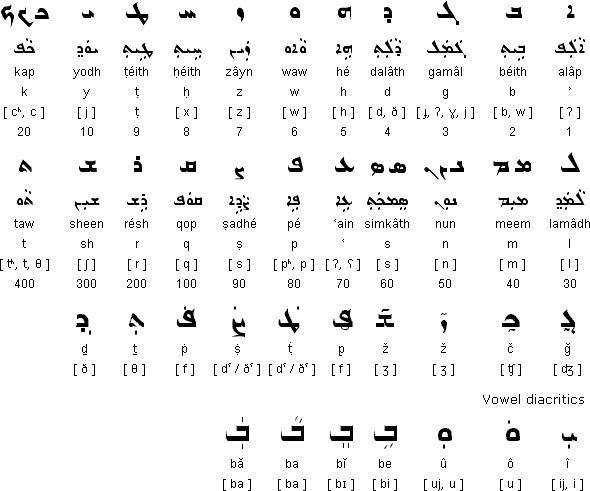
Arabic (post-7th century CE)
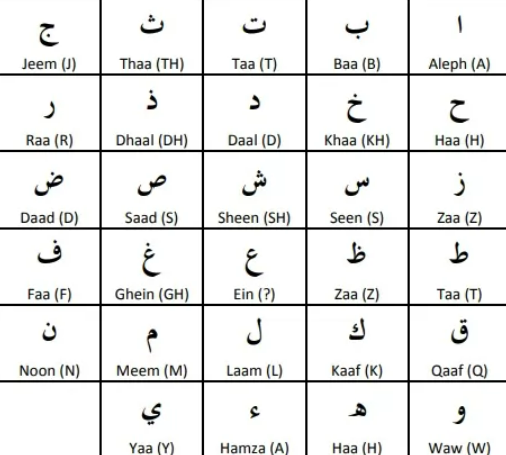
The ancient texts of Syria reflect its role as a melting pot of cultures, religions, and languages. From the mythic poetry of Ugarit to the theological reflections of early Christian Syriac writers, these texts offer a window into the spiritual, political, and cultural life of the ancient Near East.
